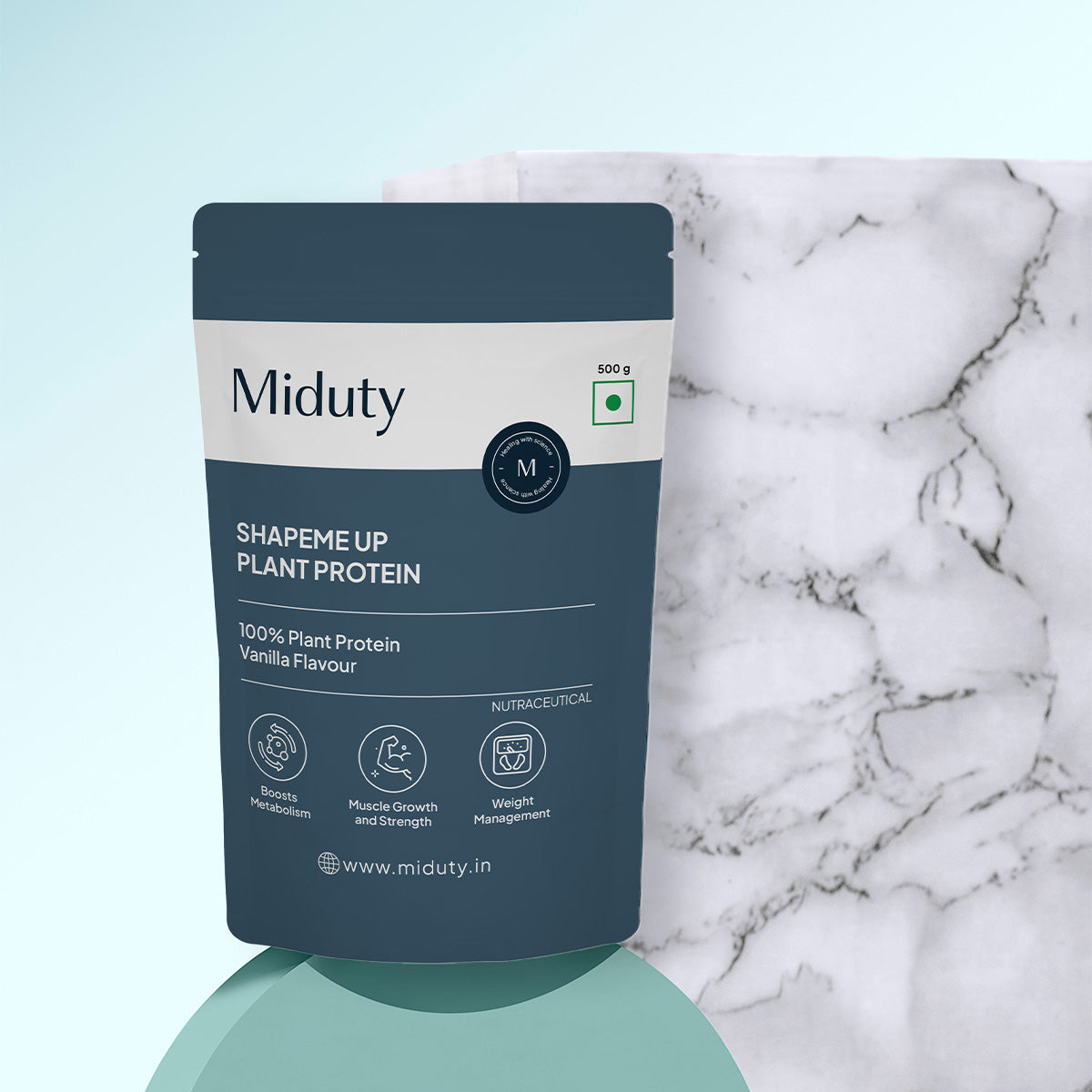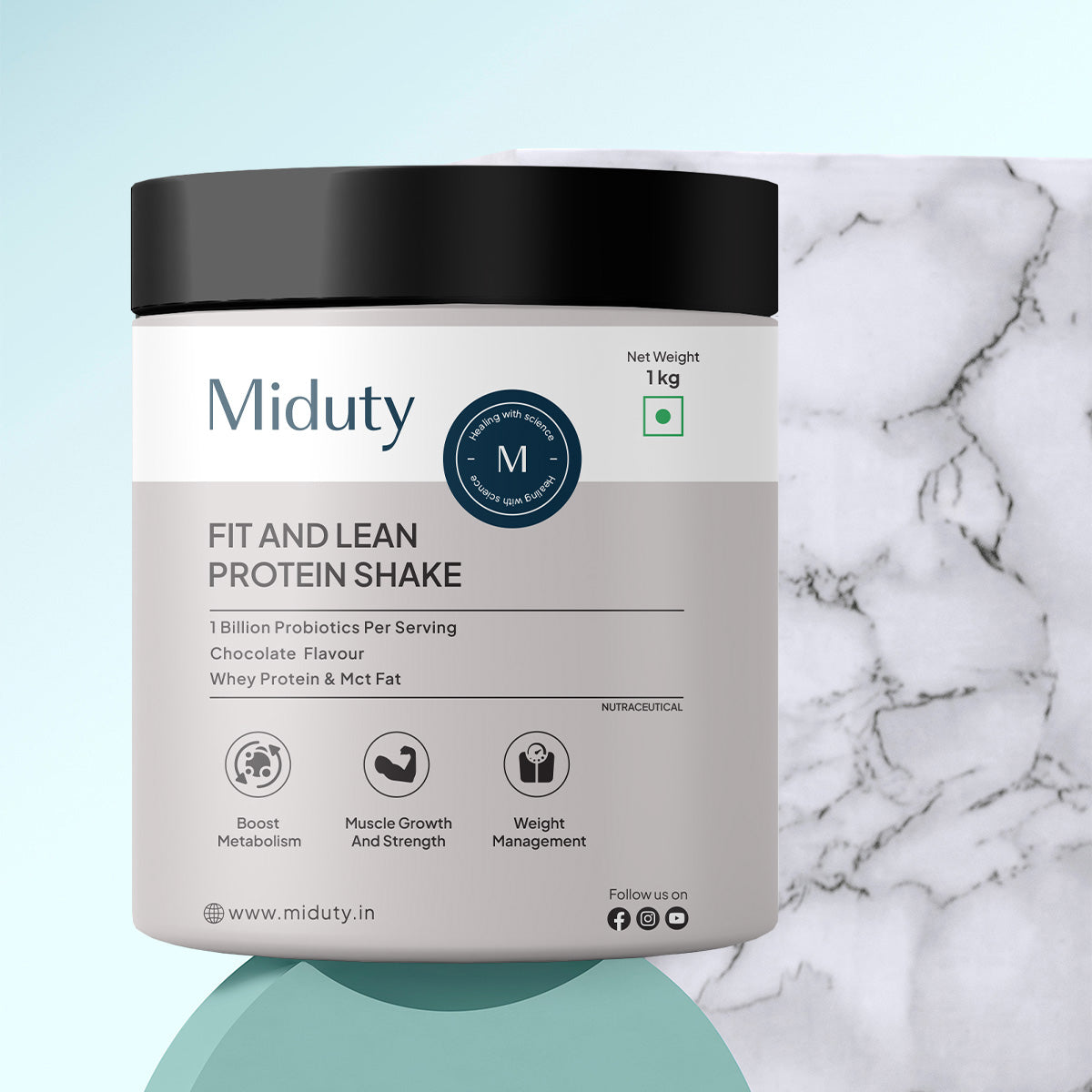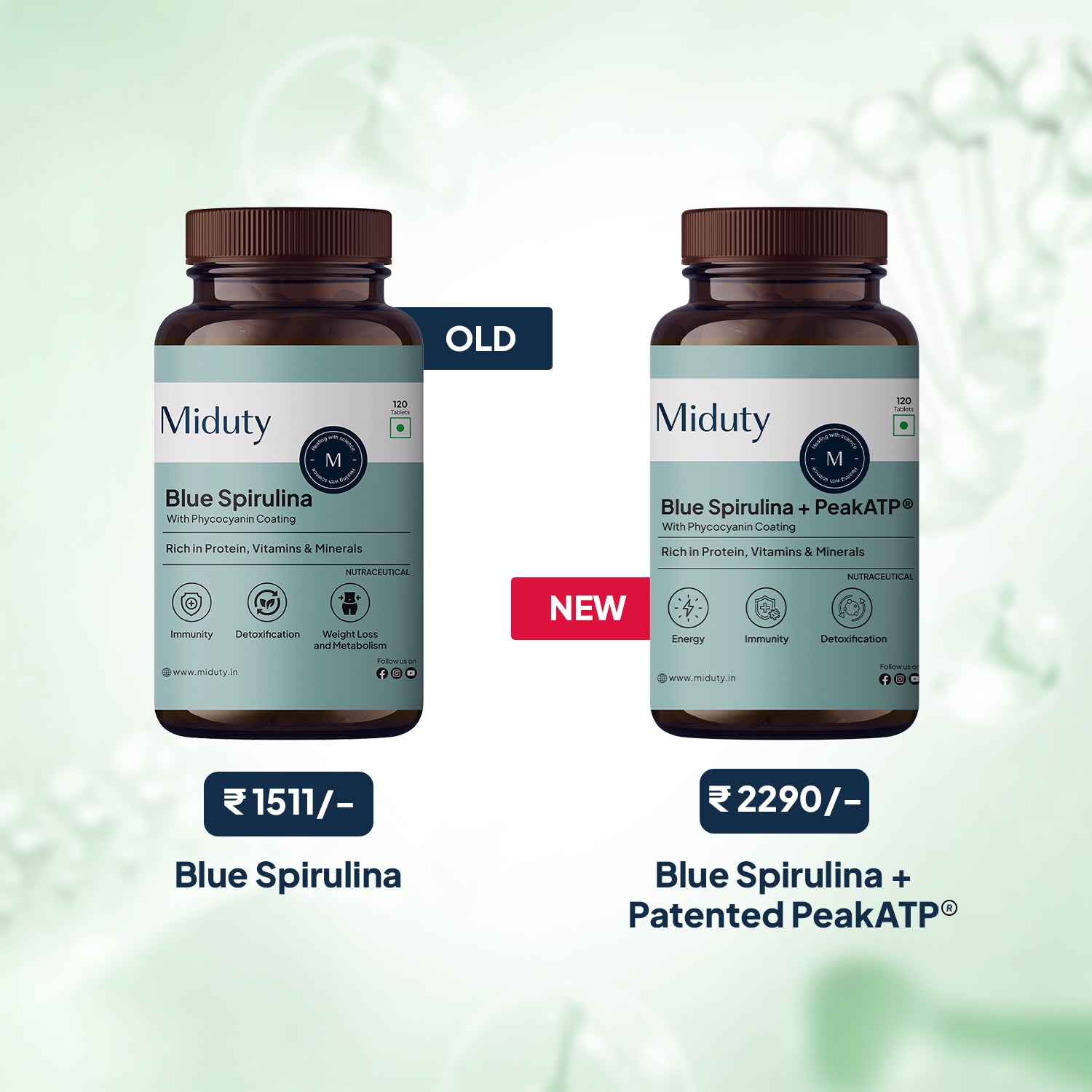
Essential Amino Acids and Non-Essential Amino Acids - Types and Differences
Amino acids are the building blocks of proteins, compounds that are necessary for nearly every biological process within the human body. Out of the 20 standard amino acids the body uses to create proteins, they are divided into two main categories: essential and non-essential amino acids. This classification is based on whether the body can produce them internally or if they must be supplied through diet. Understanding these amino acids along with their roles, types, and differences is crucial for appreciating human nutrition, metabolism, growth, and overall health.
Key Takeaways
1. Amino acids are essential for nearly all biological processes, and the body uses 20 standard amino acids to build proteins critical for growth, metabolism, immunity, and tissue repair.
2. Essential amino acids must be obtained through diet because the body cannot synthesize them; they play major roles in muscle building, hormone production, neurotransmission, and enzyme function.
3. Non-essential amino acids are produced within the body, though some become conditionally essential during stress, illness, or rapid growth when the body cannot make enough of them.
4. Essential and non-essential amino acids differ in production, dietary requirements, and metabolic roles, with some NEAAs depending on EAAs for their synthesis.
5. The best amino acid .supplement contains all nine essential amino acids in a single scoop, offering convenience, balanced nutrition, and better value than purchasing multiple individual supplements
What Are Essential Amino Acids?
Essential amino acids (EAAs) are amino acids that the body cannot synthesize on its own in sufficient amounts. Therefore, they must be obtained from dietary sources, including animal proteins (meat, fish, eggs, dairy) and certain plant-based proteins (soy, quinoa, legumes). These amino acids play vital roles in muscle development, tissue repair, immune function, enzyme synthesis, hormone production, and neurotransmitter formation.
There are nine essential amino acids, all of which are required for optimal body functioning.
Types of Essential Amino Acids
1. Histidine
Histidine is vital for growth and tissue repair. It is the precursor for histamine, a molecule involved in immune responses, digestion, and sexual function. It also helps maintain the myelin sheath that protects nerves. [1]
2. Isoleucine
Isoleucine is a branched-chain amino acid (BCAA) that supports muscle metabolism, energy regulation, immune function, and hemoglobin production.
3. Leucine
Leucine, another BCAA, is especially important for muscle protein synthesis. It stimulates anabolic pathways that promote muscle growth and recovery, making it essential for athletes and individuals recovering from injury. [2]
4. Lysine
Lysine plays a major role in collagen production, hormone synthesis, enzyme formation, and calcium absorption. It is also crucial for the production of carnitine, which aids in fat metabolism.
5. Methionine
Methionine helps with detoxification, sulfur supply, and the synthesis of other amino acids like cysteine. It supports healthy skin, hair, and nails and is involved in DNA methylation.
6. Phenylalanine
Phenylalanine is converted into tyrosine, which then becomes key neurotransmitters such as dopamine, epinephrine, and norepinephrine. These neurotransmitters influence mood, alertness, and cognitive performance.
7. Threonine
Threonine is a component of collagen and elastin, major structural proteins. It supports immune function, liver health, and fat metabolism.
8. Tryptophan
Tryptophan is a precursor to serotonin, a neurotransmitter that regulates mood, sleep, and appetite. It is also used for niacin (vitamin B3) production. [3]
9. Valine
Valine is the third BCAA and supports muscle growth, energy production, and tissue repair. It helps maintain nitrogen balance in the body.
What Are Non-Essential Amino Acids?
Non-essential amino acids (NEAAs) are amino acids that the body can synthesize on its own, usually from glucose, essential amino acids, or other metabolic processes. Although they are labeled “non-essential,” this does not mean they are unnecessary. In fact, they are equally critical for protein synthesis, immune function, tissue maintenance, and metabolic reactions.
There are 11 non-essential amino acids, and some of them are also called conditionally essential because the body may not make enough of them during times of stress, illness, or rapid growth.
Types of Non-Essential Amino Acids
1. Alanine
Alanine supports glucose metabolism during physical activity and fasting. It helps remove toxic substances like ammonia and maintains nitrogen balance.
2. Arginine (Semi-essential)
Arginine is necessary for wound healing, immune system function, and the production of nitric oxide, which regulates blood pressure and blood flow. It becomes essential during growth or stress. [4]
3. Asparagine
Asparagine contributes to nitrogen transport and the production of glycoproteins, which play a key role in cellular communication and tissue structure.
4. Aspartic Acid (Aspartate)
Aspartic acid helps produce energy through the citric acid cycle and aids in the synthesis of other amino acids and hormones.
5. Cysteine (Conditionally Essential)
Cysteine contains sulfur and is required for detoxification, collagen production, and antioxidant defense through its role in producing glutathione. It depends on methionine intake for its synthesis. [5]
6. Glutamic Acid (Glutamate)
Glutamate is the main excitatory neurotransmitter in the brain. It is important for cognitive functions, including learning and memory.
7. Glutamine (Conditionally Essential)
Glutamine fuels intestinal cells, supports immune function, and becomes essential during illness, surgery, trauma, or heavy physical stress.
8. Glycine
Glycine contributes to collagen production, detoxification, blood sugar regulation, and bile salt formation.
9. Proline
Proline is essential for maintaining skin elasticity, cartilage strength, and wound healing, largely due to its role in collagen synthesis.
10. Serine
Serine assists in DNA synthesis, fat metabolism, enzyme production, and cell membrane formation.
11. Tyrosine (Semi-essential)
Tyrosine, synthesized from phenylalanine, is a precursor to dopamine, epinephrine, norepinephrine, and thyroid hormones.
Differences Between Essential and Non-Essential Amino Acids
Although both categories of amino acids are crucial, they differ in several key ways. These differences help determine diet requirements, metabolic functions, and biological significance.
1. Production in the Body
- Essential amino acids: Cannot be synthesized and must be obtained through diet.
- Non-essential amino acids: Can be synthesized internally from other compounds.
2. Dietary Importance
- Essential: Mandatory in daily diet; deficiency leads to significant health issues.
- Non-essential: Diet can contribute, but the body usually produces enough on its own.
3. Conditional Requirements
Some non-essential amino acids (e.g., glutamine, arginine, cysteine, tyrosine) become conditionally essential in times of illness, stress, growth, or injury. Essential amino acids do not change in requirement.
4. Role in Protein Synthesis
Essential amino acids—especially leucine—often regulate protein synthesis. Non-essential amino acids serve specialized roles such as neurotransmission, antioxidant defense, and metabolic reactions.
5. Precursor Relationships
Some NEAAs rely on EAAs for their synthesis.
For example:
- Tyrosine → derived from phenylalanine
- Cysteine → derived from methionine
Thus, inadequate intake of certain EAAs can impair the production of specific NEAAs.
Comparison Table: Essential vs Non-Essential Amino Acids
|
Feature |
Essential Amino Acids (EAAs) |
Non-Essential Amino Acids (NEAAs) |
|
Definition |
Cannot be synthesized by the body; must be obtained from food |
Can be synthesized by the body |
|
Number |
9 |
11 |
|
Dietary Requirement |
Required daily through diet |
Not required daily (body produces them) |
|
Synthesis Source |
Obtained from foods like meat, eggs, legumes |
Produced from glucose, essential amino acids, or other metabolic intermediates |
|
Deficiency Impact |
Causes muscle wasting, poor immunity, impaired growth |
Rare unless illness or stress limits production |
|
Examples |
Leucine, lysine, tryptophan, valine |
Alanine, glycine, tyrosine, glutamine |
|
Special Notes |
Critical for protein synthesis; some regulate muscle growth |
Some are conditionally essential during stress or illness |
How to Choose The Best Amino Acid Supplement?
To choose the best amino acid supplement, focus on quality, ingredient balance, and your health goals. The ideal option is an amino acid supplement that contains all nine essential amino acids (EAAs) in one scoop, as this is more convenient and economical than buying separate amino acid supplements. Look for third-party testing, clean formulas without unnecessary fillers, and transparent labeling. Choose powders or capsules based on preference, and ensure the supplement provides effective doses that support muscle recovery, energy, and overall wellness. Sticking to reputable brands helps ensure purity, safety, and good results.
Conclusion
Both essential and non-essential amino acids are indispensable for maintaining health. Essential amino acids must be consumed through diet because the body cannot produce them, and they play major roles in muscle development, neurotransmitter production, hormone regulation, and growth. Non-essential amino acids, although produced by the body, are just as important for tissue repair, immune function, metabolism, and cellular communication. Some of them may become conditionally essential during times of physical or metabolic stress.
Understanding these amino acids—along with their types, roles, and key differences—provides valuable insight into nutrition and the biological processes that keep the human body functioning efficiently.
FAQs on Essential and Non-Essential Amino Acids -
Q1 - What are essential and non-essential amino acids?
Essential amino acids are those your body can’t produce and must be supplied through food or supplements. Non-essential amino acids, on the other hand, are made naturally within the body. Both types play vital roles in processes like protein building and overall physiological function—the main distinction lies in where they come from.
Q2 - Are all 20 amino acids essential?
No, not all 20 amino acids are essential. Only nine are considered essential for adults, meaning the body cannot make them and they must be consumed through food. The remaining eleven are classified as non-essential because the body can produce them on its own. However, some can become conditionally essential in situations such as illness or stress, when the body’s demand exceeds its ability to synthesize them.
Q3 - What is the difference between an amino acid and an essential amino acid?
The distinction comes down to how the body gets them: essential amino acids must be obtained from food because the body cannot produce them, while non-essential amino acids can be made internally. In other words, amino acid is the broad term for any protein-building compound, whereas essential amino acid refers to the specific subset the body cannot synthesize and therefore must be supplied through the diet.
Q4 - Why are non-essential amino acids important?
Non-essential amino acids play an important role in the body, supporting processes like tissue repair, growth, immune function, energy production, and nervous system regulation. Although the body can normally make them, production may fall short during times of stress, illness, or injury, making them essential for maintaining overall health and proper bodily function.
Q5 - Are there 8 or 9 essential amino acids?
There are nine essential amino acids, not eight, that the human body cannot produce and therefore must be obtained through diet. These include histidine, isoleucine, leucine, lysine, methionine, phenylalanine, threonine, tryptophan, and valine.
References











